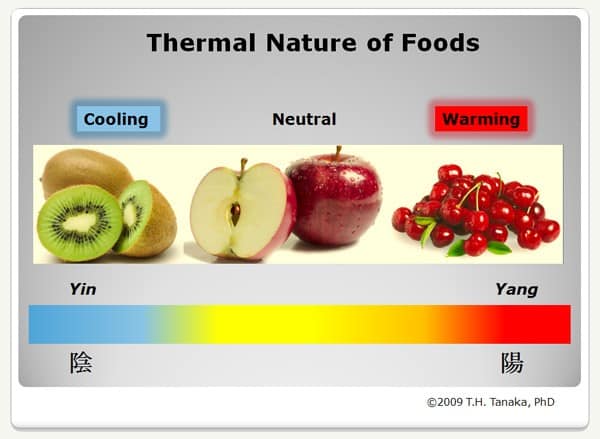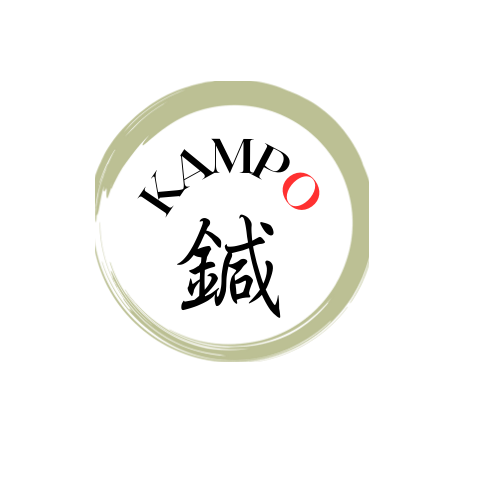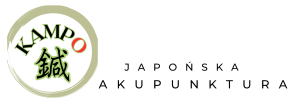
What is Kampo?
Kampo is a traditional Japanese therapeutic system that originated from classical Chinese medicine, introduced to Japan between the 5th and 6th centuries. It represents a comprehensive approach to healing that goes beyond mere physical treatment, also embodying a philosophical perspective on health and well-being. This holistic healthcare system incorporates a variety of traditional therapeutic methods, including Kampo herbal medicine, acupuncture, Anma (an ancient manipulative technique), and dietary therapy. Over the centuries, the Japanese have refined and personalized Kampo, creating unique diagnosis methods, herbal formulas, and therapeutic strategies that expand upon the foundational principles of classical Chinese medicine. Among these Japanese adaptations is the “Sho” diagnosis method, which places emphasis on the patient’s subjective symptoms and overall constitution rather than the disease itself. This patient-centric approach enables Kampo practitioners to deliver highly personalized treatments.
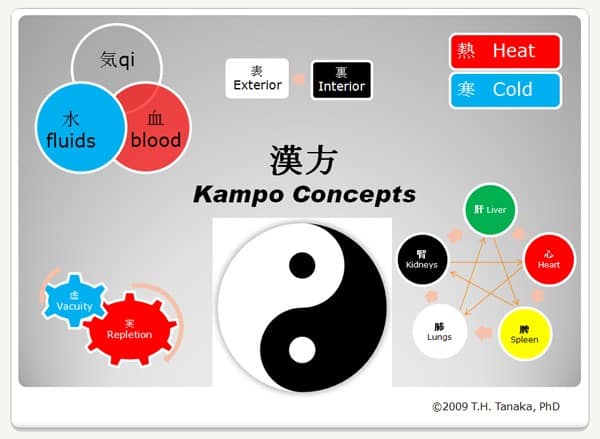
Kampo herbal medicine employs a complex array of medicinal plant formulas, each meticulously chosen for their therapeutic properties, designed to tackle multiple symptoms and underlying imbalances simultaneously. Acupuncture, another integral part of Kampo, involves the insertion of fine needles at specific points on the body to balance the body’s energy, or ‘Qi’. Anma, a form of touch therapy, also plays a crucial role in the Kampo system, aiming to restore and balance energy flows throughout the body. Dietary therapy, meanwhile, promotes health maintenance by providing the body with specific foods that aim to balance yin and yang. These evolved methods often underscore the holistic nature of health, focusing on the entire person, including their environment, to achieve overall well-being. The Kampo system reflects a broader Japanese cultural belief in the harmony between the human body and nature.
Kampo in Poland Standardized formulas from Japanese Kampo pharmaceutical companies, such as Tsumura and Kracie, are not available in Poland, and it's likely the same for the rest of Europe. However, some practitioners with a specialization in traditional Chinese medicine might possess the skills to formulate raw herbs in line with Kampo principles. Furthermore, Chinese herb stores and e-commerce platforms like Amazon might carry a limited selection of TCM/Kampo formulas. Nonetheless, consumers need to be cautious about the product quality. Other Kampo modalities, including acupuncture, can be accessed particularly in larger cities like Warsaw and Krakow. However, the quality of these services can vary significantly. For additional information regarding acupuncture in Poland, please visit our homepage.
Kampo Medicine
Kampo Medicine is a branch of Kampo that focuses specifically on pharmacotherapy. This discipline, which has evolved over centuries, draws from therapeutic methodologies elucidated in classical Chinese medical texts such as the “Huangdi Neijing” and “Shan Hun Lan”. Kampo employs treatments that utilize crude drugs derived from a variety of sources, including plants, animals, and minerals.
Today, Kampo medicine is widely adopted by allopathic physicians in Japan, where it’s frequently prescribed in tandem with pharmaceutical medications. A survey conducted in 2008 revealed that 83.5% of practicing physicians in Japan incorporate Kampo medicine into their daily practice. Among these, OB/GYNs, surgeons, and internists were found to be the specialists who most frequently prescribed Kampo medicine to their patients.[1]

The majority of Kampo medicines are botanical, derived from plant-based herbs found not only in Japan but across Europe and other regions globally. However, a significant difference exists in how Western and Eastern herbalists use these herbs. Western herbalists typically employ a systematic approach, often focusing on a single herb for each condition, such as Echinacea for colds or peppermint for digestive discomfort. Conversely, Kampo or Traditional Chinese Medicine (TCM) practitioners tend to utilize a variety of herbs at the same time, in varying combinations. They rely on classical herbal formulas, which usually comprise anywhere from five to ten different herbs, or even more, combined in specific ways that have stood the test of time. The prevailing theory is that the combination of various herbs can augment the beneficial effects of certain herbs while mitigating the negative effects, including toxicity, of others. High-quality herbs and formulas are subject to rigorous testing for authenticity using advanced laboratory equipment. Checks for pesticides, heavy metals, mold, fungus, and bacteria are performed to ensure the highest levels of purity and safety. Herbal formulas are typically made available in granule or tablet form.
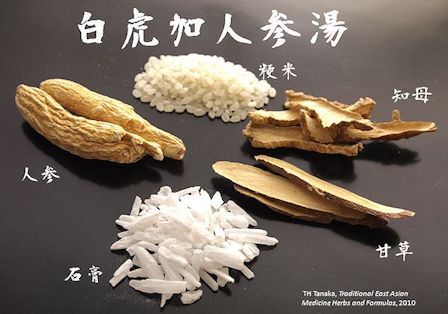
An appropriate herbal formula is prescribed based on each individual’s unique constitutional patterns, ascertained through traditional East Asian diagnostic methods. This diagnostic process in Kampo and TCM significantly differs from Western approaches. Patients with the same diseases may exhibit different patterns, leading to unique herbal prescriptions. Conversely, the same formulas may be administered to patients with different diseases if they display the same pattern.
Tongue, pulse, and abdominal diagnoses form the crucial components of Kampo assessment. Abdominal diagnosis, known as Fukushin, is unique to the Kampo system. This practice is not included in modern interpretations of TCM. Fukushin is considered one of the most critical elements of the Kampo diagnosis procedure. Fukushin is distinct from other abdominal palpations commonly performed by Western physicians in terms of its intent and procedure. In Western medicine, the primary purpose of palpation is to feel a patient’s organs through their body surface. In Kampo, an abdominal diagnosis is conducted to assess the responses reflected by the patient’s body surface upon palpation.
It’s important to note that typically, no single assessment is sufficient for a proper diagnosis. Experienced Kampo practitioners gather all available information (utilizing both Eastern and Western systems of evaluation) to accurately determine the nature of their patients’ illness and to devise an effective strategy for Kampo treatment.
For more information about Kampo herbal medicine, please visit our affiliated site at Kampo.ca.
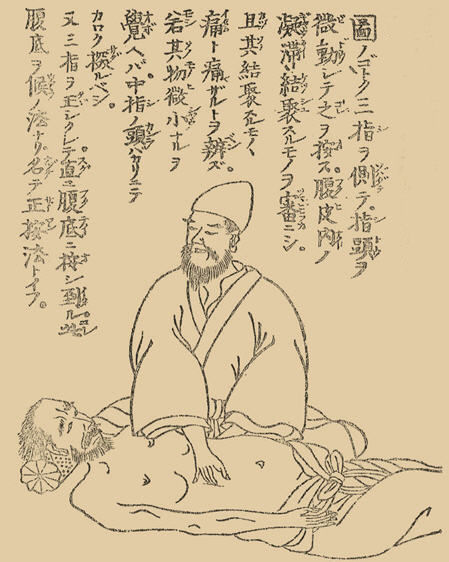
[1] Evid Based Complement Alternat Med. 2012; 2012: 139818
Japanese Acupuncture
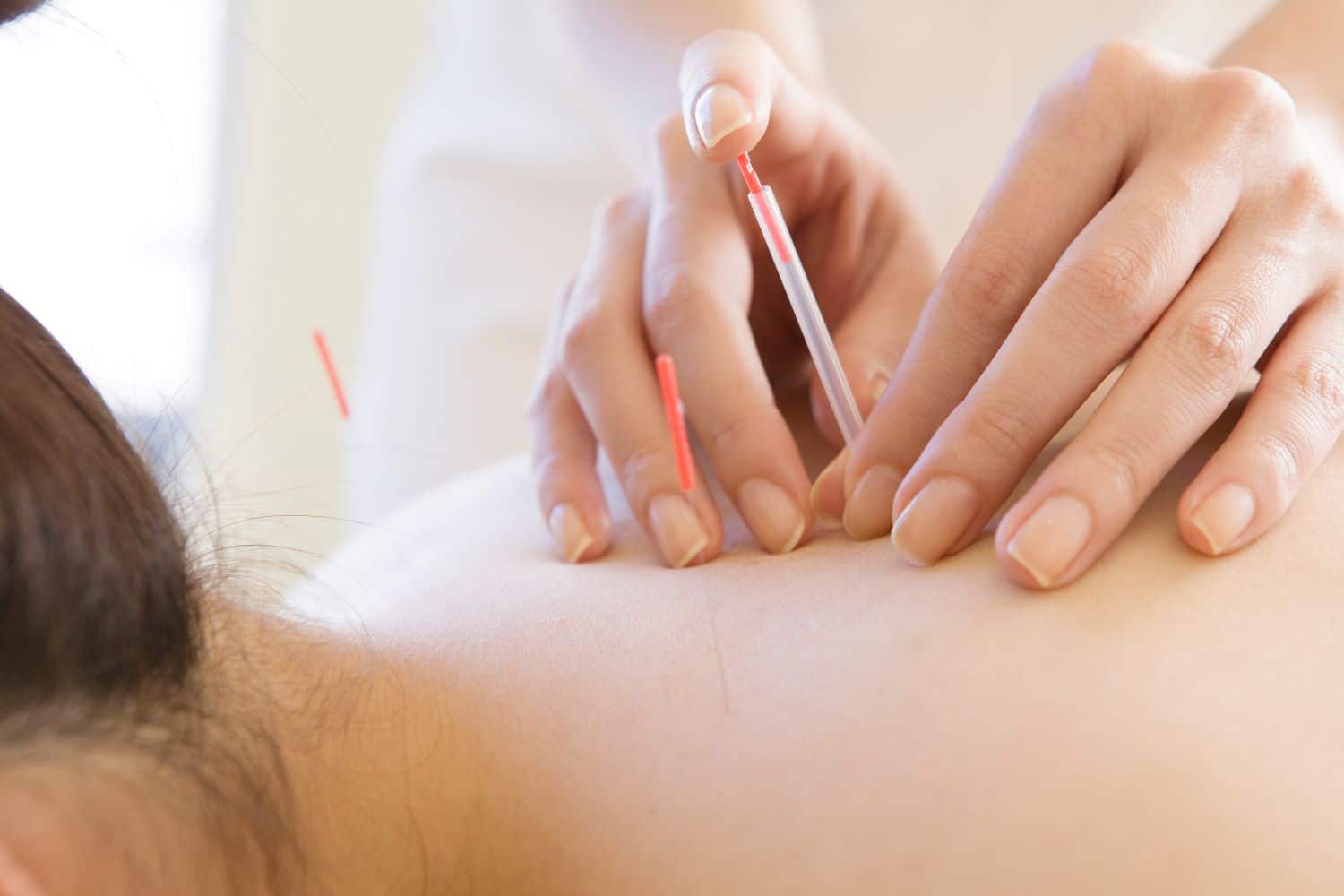
Acupuncture was introduced to Japan approximately 1,500 years ago as part of the broader introduction of Chinese medicine. While retaining core principles like the concept of meridians from the original Chinese system, Japanese practitioners have developed a distinctive approach. They generally use thinner needles, apply gentler and more superficial stimulation, and don’t necessarily regard the intense ‘de-qi’ sensation — a feeling of numbness, heaviness, or distention where the needle is inserted — as essential for achieving the desired clinical outcome. The diagnostic techniques traditionally used in Japan closely align with those in Traditional Chinese Medicine, though the emphasis on certain aspects may vary slightly.
A notable Japanese contribution to the field of acupuncture is the development of Kanshinho, a needle-guiding tube insertion technique introduced by the renowned blind acupuncturist of the seventeenth century, Waichi Sugiyama. The guiding tube technique, known for significantly reducing discomfort associated with the initial insertion of the needle, is now employed by practitioners worldwide.
A distinctive feature of Japanese acupuncture is its integration of moxibustion, a traditional heat therapy. Although moxibustion is a foundational principle of classical acupuncture, it is not extensively taught within acupuncture education and training systems in the West.
To learn more about acupuncture and moxibustion, continue exploring this page.
Anma and Shiatsu

Anma, a Japanese practice that has roots in the Chinese massage method known as Tui Na, is one of several healing modalities that migrated from China to Japan over the centuries. The practice was then refined and adapted to suit the cultural sensibilities and medical philosophies of Japan. Today, Anma involves a combination of kneading, pressing, stretching, and percussive manipulations to invigorate the body, release tension, and promote overall wellness.
In many cases, these techniques are performed by licensed massage professionals, who incorporate a variety of massage styles, including Shiatsu and European methods, creating a holistic approach to bodywork.
Shiatsu, which literally translates to ‘finger pressure,’ is a distinctive therapy that originated in Japan. With its principles echoing those of acupuncture, Shiatsu replaces the use of needles with physical pressure applied using fingers, elbows, and palms. The goal is to stimulate specific pressure points, known as ‘acupoints,’ to correct imbalances and promote the body’s innate healing abilities. In Europe, certain forms of Shiatsu have been blended with energy healing practices, creating variations such as Zen Shiatsu and Meridian Shiatsu. However, in Japan, Shiatsu remains closely linked with the neuromuscular system. It integrates aspects from Western bodyworks, like osteopathy and chiropractic, while also retaining key elements of traditional Anma techniques. The end result is a unique, comprehensive approach to massage therapy, emphasizing both physical and energetic healing.
Dietary Therapy
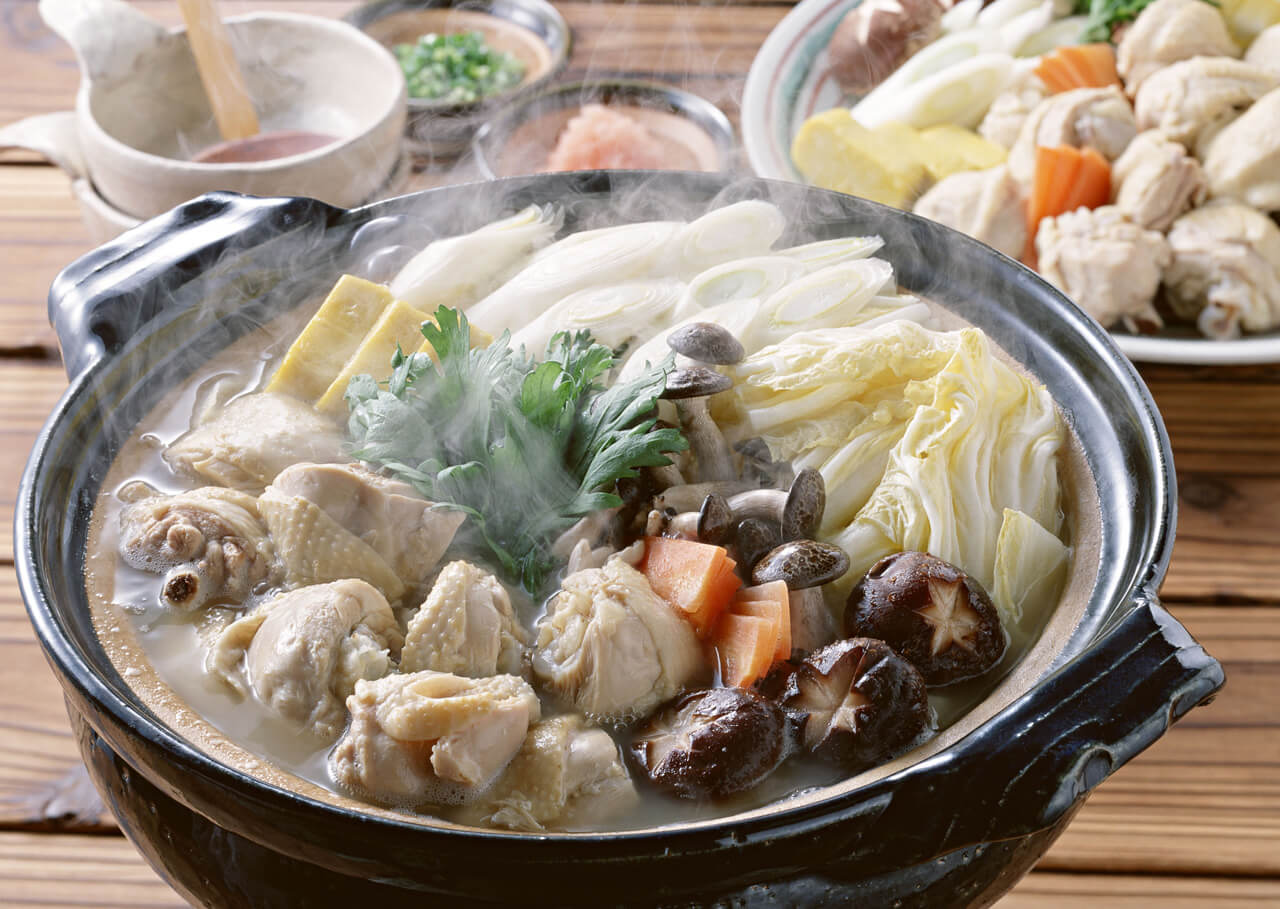
Proper diet is essential for recovery from many illnesses, as well as for maintaining good health. In fact, diet is such an integral part of Eastern medicine that there’s a term for it, food therapy. In Kampo, it’s referred to as Yakuzen (or Shokuyou), and in Traditional Chinese Medicine (TCM), it’s known as Shi Liao.
“Yakuzen” is the practice of incorporating meals tailored to one’s constitution, physical condition, and the season into daily life, based on the theory of Kampo medicine. Kampo practitioners emphasize the characteristics of whole foods, recognizing that every food possesses specific attributes, known as nature and flavor.
For example, a Western nutritionist might recommend a salad containing ingredients like lettuce, tomatoes, and oranges simply as a vitamin source for a broad range of patients. However, according to the thermal nature of foods in Kampo, foods such as lettuce, tomatoes, and oranges are considered cold or cool. Therefore, excessive consumption of such vegetables and fruits is not suggested for certain individuals.
The fundamental principle of the Kampo diet is the balance between Yin (cold) and Yang (warm). For patients with a Yin constitution, they’re advised to consume more Yang foods and limit their intake of foods with a Yin nature. Conversely, for patients with a Yang constitution, the opposite is recommended. They’re encouraged to consume more Yin foods and reduce their intake of foods with a Yang nature. This Yin-Yang balance is pivotal to understanding the Kampo diet.
